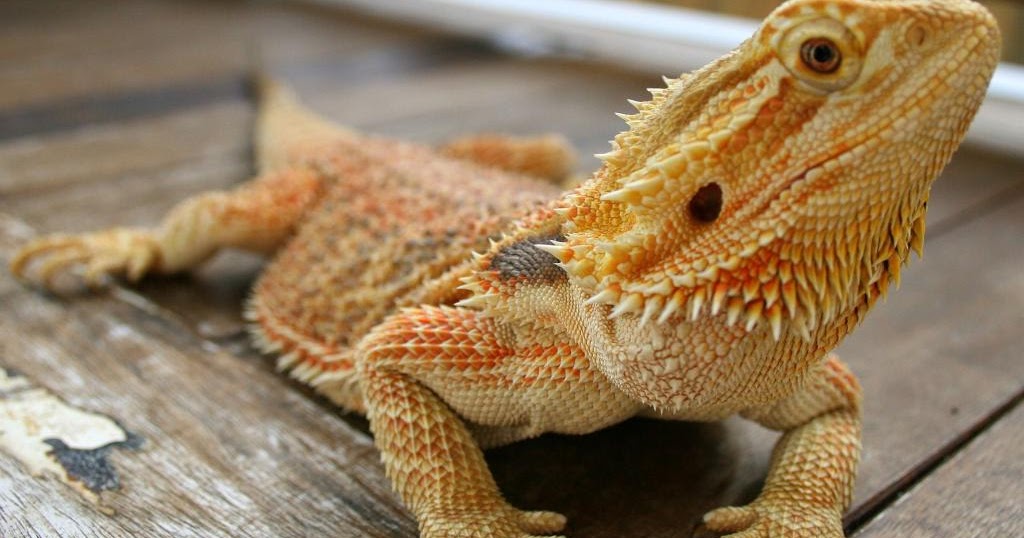Is a Bearded Dragon a Reptile? Your Ultimate Guide to Understanding These Scaley Creatures
Introduction
Are you considering getting a bearded dragon as a pet? Or maybe you’ve just brought one home and now you’re wondering what exactly it is you’ve got yourself into? Either way, you’ve come to the right place. In this comprehensive guide we will answer the age old question - is a bearded dragon a reptile? We will also take a deep dive into the world of bearded dragons, discussing their natural habitat, character traits, nutritional needs, and grooming requirements, all with a friendly and beginner-oriented approach.
What is a Reptile?
Before we answer the main question, let’s take a moment to establish what we mean by ‘reptile’. In the animal kingdom, reptiles are a class of vertebrates that are characterized by their scaly skin, the laying of eggs on land, and their ectothermic or ‘cold-blooded’ metabolism. They also have a waterproof skin that protects against water loss and dehydration.
What is a Bearded Dragon?
Now that we’ve established what constitutes a reptile, let’s move on to the main question. A bearded dragon, also known as Pogona, is indeed a reptile. More specifically, it is a type of lizard that is native to the central parts of Australia. Bearded dragons get their name from the spiny, black beard-like projection that protrudes from their chin. They typically grow to be between 16-24 inches in length and can live up to 20 years with proper care.

Habitat and Housing Needs
In the wild, bearded dragons are found living in the arid and semi-arid regions of central Australia, where they spend much of their time basking in the sun and hunting insects. If you are planning on keeping a bearded dragon as a pet, you will need to provide them with a similarly warm and well-lit environment. Bearded dragons require large enclosures, with plenty of space for them to move around and climb. You will also need to provide them with a sandy substrate for burrowing and basking rocks for sun exposure. Your bearded dragon will thrive in an enclosure that is kept at around 80-90°F during the day and 70-75°F at night.

Character Traits
Bearded dragons are generally docile and friendly lizards, which makes them a great choice for beginners. They are known for their amusing head-bobbing behavior, which is a way of communicating with other bearded dragons. Bearded dragons are also very curious and enjoy exploring their environment. They are social animals that enjoy human interaction and can be trained to do simple tricks. When handled correctly and regularly, they can have very affectionate personalities.
Nutrition and Feeding
When it comes to feeding your bearded dragon, a balanced and varied diet is crucial. In their natural habitat, bearded dragons primarily feed on insects and small animals, as well as vegetation. As a pet owner, you will need to provide your bearded dragon with a diet of both live insects and fresh vegetables. Crickets, mealworms, and dubia roaches are all excellent choices for protein, while leafy greens like collard greens, kale, and dandelion greens provide essential vitamins and minerals.

Grooming Requirements
Unlike other pets, bearded dragons don’t require a lot of grooming or maintenance. They shed their skin on a regular basis, which is completely normal and healthy. However, you will need to keep their enclosure clean and free of feces and uneaten food. You should also regularly provide a shallow dish of water for bathing and hydration.
Conclusion
So, is a bearded dragon a reptile? Absolutely! But they are also so much more than that. Bearded dragons are fascinating creatures that will captivate any pet owner with their unique personalities and behaviors. If you’re considering getting a bearded dragon, we hope this guide has provided you with a solid foundation of knowledge to help you make an informed decision. With the right habitat, diet, and care, a bearded dragon can make an excellent pet for beginners and experienced reptile owners alike.
